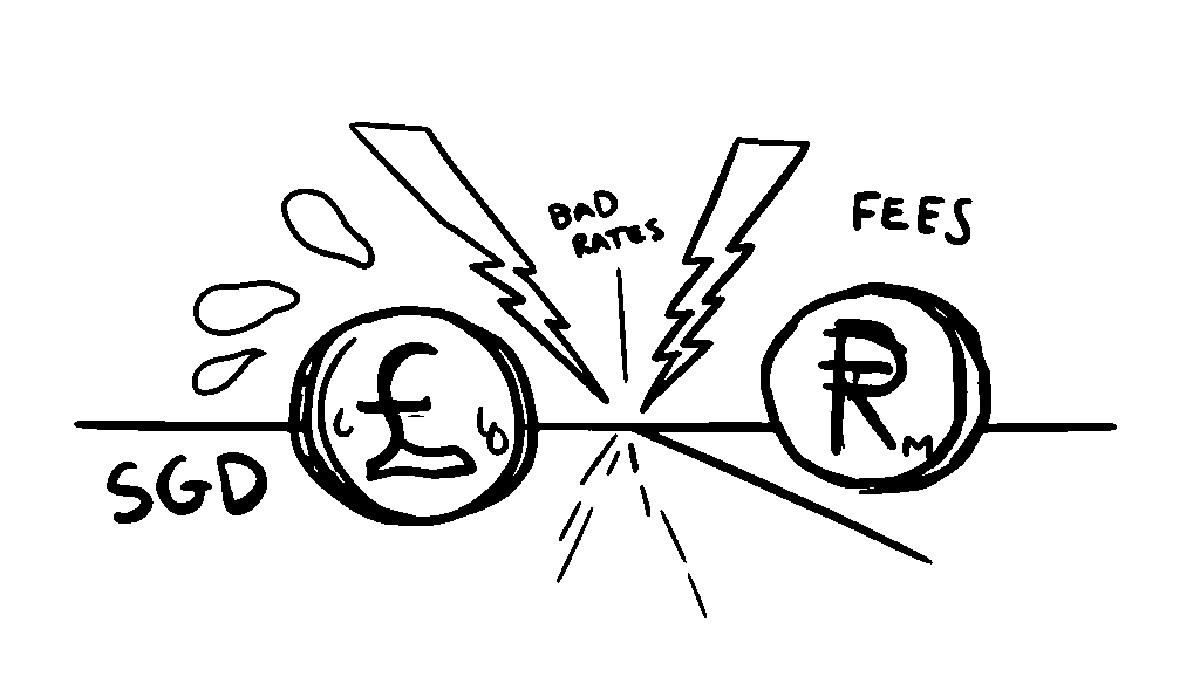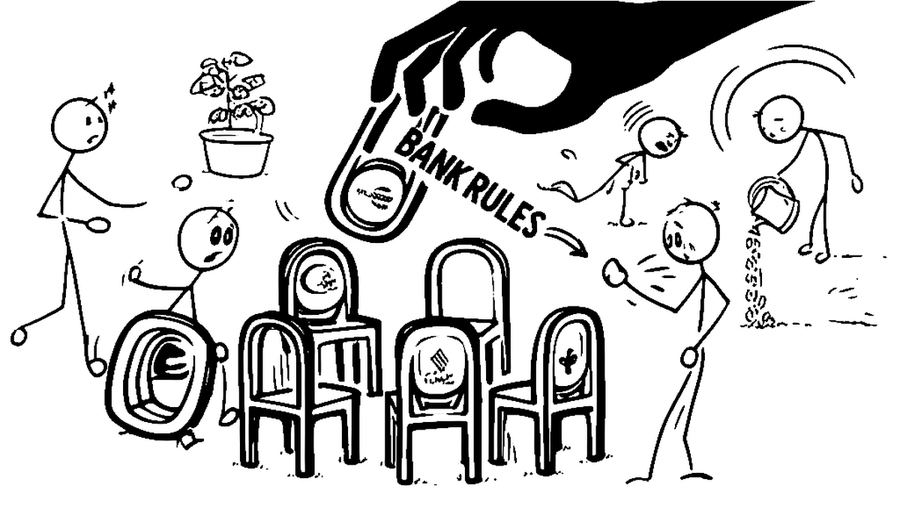Planning your next JB getaway or just need to pay for something in Malaysia? Alamak, figuring out the best way to handle Ringgit can be a real headache! Are you losing money on bad exchange rates or getting stuck with unexpected fees when using your cards or e-wallets? It feels like every option has its own catch, right? Let’s break down how fellow Singaporeans on HardwareZone are navigating the sometimes confusing world of MYR payments and find the smartest way for *you* to pay across the Causeway without getting chopped.
Ringgit Rate Reality
First things first, what’s the situation with the exchange rate and how are people managing payments now? It’s a mixed bag, depending on when and how you change your SGD to MYR.
- Rates Fluctuate, Demand Matters
The SGD to MYR rate is constantly shifting. Recently, forum users reported seeing rates anywhere from 3.28 at money changers to around 3.35. Keep an eye on trends, as demand can push rates down, especially before long weekends when many Singaporeans head north.
“I think the rate is taking a dip in view of the demand for ringgit for the big exodus from this evening. 3.28 at moneychangers today.”
- Multi-Currency Cards Are Popular
Many Singaporeans turn to multi-currency digital wallets like YouTrip for convenience. While maybe not always the absolute best rate, they offer competitive conversions (around 3.33 mentioned recently) without the need for a Malaysian bank account. Good enough for casual spending.
“YouTrip conversion 3.330… OK lah, not say spending Ks…”
- Cash Still King (Sometimes)
Despite digital options, good old cash from reliable money changers remains a factor. Some forum members track specific changers known for better rates, like the one mentioned offering 3.35.
“3.35 https://cashchanger.co/singapore/mc/golden-horse-prize-enterprise/208”
JB Payment Headaches
While there are options, paying in Malaysia isn’t always smooth sailing. Singaporeans face several common frustrations, as highlighted in the forum discussions.
- E-Wallet Top-Up Fees Sting
Using popular Malaysian e-wallets like Touch ‘n Go (TnG) is convenient, but topping them up directly from Singaporean sources often involves extra fees. This eats into your savings.
“As long your Ewallet is SG issued, there will be fee involved when you topup your TnG best solution = have a Malaysia Bank account with ATM(Debit card) Transfer from your SG Bank to MY bank and Topup via MY bank to TnG.”
- Card Acceptance Isn’t Universal
Don’t assume your credit card will work everywhere, or work smoothly. Some places might not accept cards, or self-service kiosks might require a PIN which can sometimes cause rejection issues, forcing you back to e-wallets or cash.
“not all can tap with cc 1 exmaple genting highland cable car buying ticket self kiosk tab with cc n mchine ask for card pin then key in correct pin but rejected then use tng scan chop chop go through”
- Opening MY Bank Accounts Has Hurdles
Getting a Malaysian bank account seems like the ideal solution, but it’s not always straightforward. Some banks require opening extra accounts (like a USD account), maintaining minimum balances (e.g., USD$2,000), paying various fees, or needing specific documents, making it a hassle.
“Just to share, to open RHB Malaysia account in Singapore, need to open together with a USD account, and maintain USD$2,000 and transact once every 6 months. There’s account opening fee, administrative fee and debit card fee.”
Your Ringgit Game Plan
Okay, enough complaining, what can you actually *do*? Based on the experiences shared, here are some practical strategies Singaporeans are using to overcome these challenges.
- Get a Malaysian Bank Account
Despite the hurdles, many argue this is the best long-term solution, especially if you travel or spend frequently in Malaysia. Having a MY account (like CIMB or Maybank) allows direct bank transfers from SG (often with decent rates) and fee-free top-ups for TnG. Some banks might have easier online opening processes or allow activation at a branch.
“I have a CIMB SG account and a CIMB MY account. I use the CIMB SG app direct transfer to my CIMB MY account. Rate are pretty on par with youtrip, instaram exchange rate.”
- Leverage Multi-Currency Cards Strategically
For those who don’t spend huge amounts (like 400RM a month vs 2k RM), the convenience of cards like YouTrip might outweigh the minor rate differences or the hassle of setting up a MY bank account. They offer a good balance of ease and value for casual use.
“But of cause, diff ppl have diff use case. If you monthly spend about 2k RM.. than i think its worth the trouble.. If you monthy spend like 400RM.. i dunno if worth the trouble.. So depend on your needs, no correct answer, only which you suit better.”
- Consider the ‘Worth It’ Factor
Some forum members believe having a Malaysian account offers benefits beyond just avoiding top-up fees, such as access to local promotions, making it worthwhile even for lower usage. It provides flexibility.
“To me, even if not high usage, also worth the trouble. Having MY account provides more benefits/promotions as compared.”
So, what’s the final verdict? There isn’t one magic bullet for everyone hitting the Causeway. Whether you stick with YouTrip, go through the process of opening a Maybank or CIMB account in Malaysia, or just change cash at the Arcade depends heavily on how often you cross the border and how much Ringgit you typically spend. The key takeaway from the HardwareZone discussions is to know the options, understand the potential fees and hassles, and choose the strategy that saves you the most money and headache for *your* specific needs. Stay savvy, folks!

Read the original discussions on HardwareZone:



